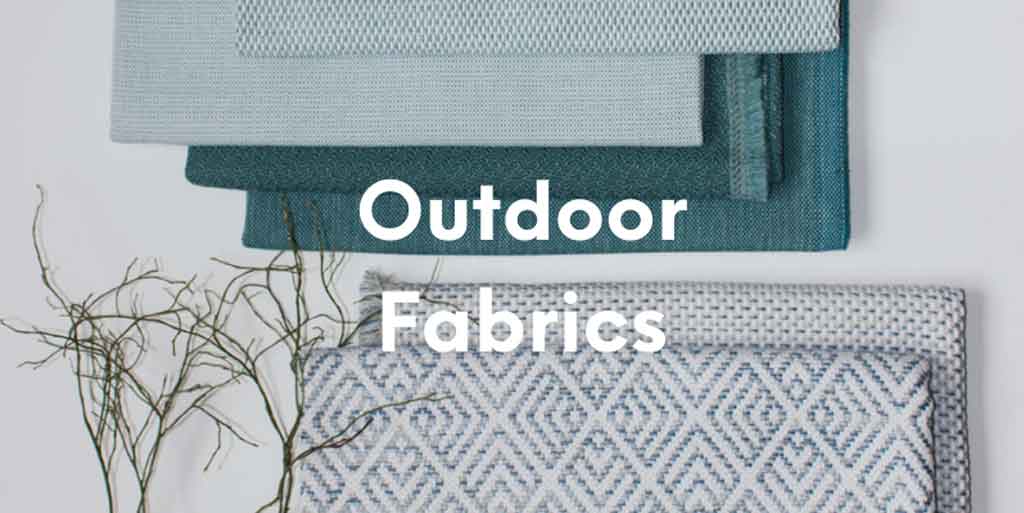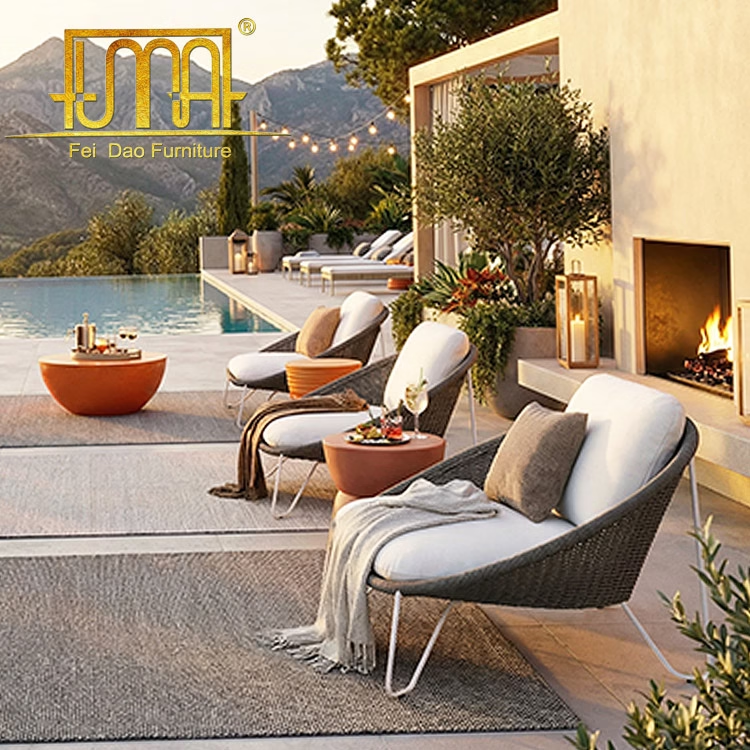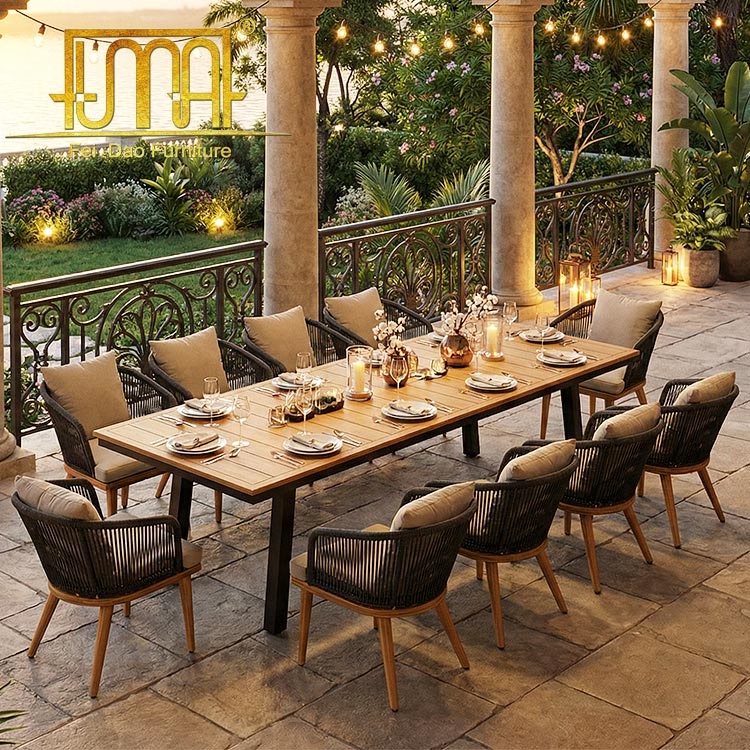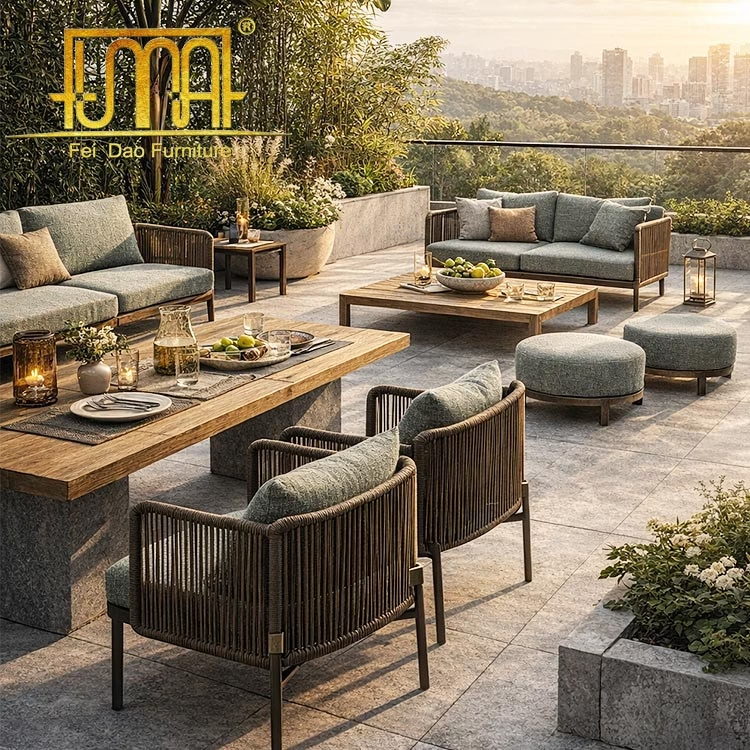
Outdoor vs indoor fabric
High-performance indicators for outdoor fabric
- Mould/mildew resistance: The AATCC 30 test is the standardised test that evaluates the antifungal capabilities of fabrics and textiles under stringent conditions. There are several options for testing. Depending on the difficulty of the test, an agar medium is prepared. The test sample is placed inside the jar and the top is inoculated with a spore suspension. The test sample is evaluated after 7 or 14 days for mould growth. They are then rated on a scale of 0-2, where 0 is a pass, while 1 and 2 are fails.
- Colour fastness: This indicator dictates how well the colour of the fabric holds against various elements. Tests include ISO 105B02 or ISO 105X12, involving testing colour fastness to indoor and outdoor light (an index of 1 – 8) and wet and dry rubbing (an index of 1 – 5.) The higher the number is, the better the colour holds against the element. For commercial outdoor use, always try to aim for the highest score for the category.
- Rubbing: The Martindale test (also known as the rub test) is an internationally recognised measure for testing the durability of fabric and fabric for contract use. The test involves oscillating discs of sandpaper or wool across the fabric until it starts to show signs of distress. The higher the count is the more durable the fabric. In general, a count of fewer than 10,000 is for decorative use, fewer than 30,000 is for domestic use, and any number above 30,000 is suitable for commercial use.
- Resistance to piling: Piling is formed when fibres on a fabric surface “tease out” and become entangled during wear. The main test is ISO 12945 with a score of 1 – 5, where 5 denotes excellent resistance to piling. For commercial outdoor use, always try to aim for a 5.
- Water resistance: There are several standardised tests to determine the water repellency of a fabric. The main one is ISO 4920, also known as the Surface Wetting Spray Test – the fabric is wetted using a sprayer at a specific distance and wetting duration. The index score ranges from 1 to 5, where 1 is when the surface is entirely wet after the test, and 5 is when the fabric is completely dry. Always aim for a 5 for outdoor use. Another commonly used test is Hydrostatic Head BS3424, which is a measure of how much water pressure a fabric can withstand before it leaks. The value is measured in mm HH, the higher the count is, the more water the fabric can withstand.
- Other indicators: Machine washable, quick drying, flame resistance (if needed to comply with fire regulations), wash fastness, and stain resistance.
Are all outdoor fabrics waterproof?
There are no fabrics that are completely waterproof, but there are some that are very close to it, such as latex or coated fabric. Outdoor fabrics are often labelled as water resistant instead, which is a term given to fabric that is still porous and retains a degree of versatility and breathability while being resistant to water to a point where it is almost waterproof. In terms of seating upholstery, these types of water-resistant fabric tend to be more comfortable and are soft enough to be easily upholstered on most furniture.
There are several standardised tests that fabric suppliers may use to determine the rate at which their fabrics are resistant to water, such as the spray test or Hydrostatic Head BS3424. Other common indices include AATCC 2 and UNI EN 24920. Furniture used for marine, such as cruises, can also be tested against seawater.
Can you fire-treat outdoor fabrics?
The answer is yes – outdoor fabrics can be fire treated, which can be necessary if the outdoor furniture is used or stored indoors.
The main standard for fire-treating fabrics in the UK is the Crib 5 test. Hospitality furniture for marine use should also undergo another test called IMO/MED, which is the highest standard for fire-retardant fabrics in order to comply with marine safety regulations.
One thing of note about FR-treated fabric is that, over time, the rain will break down the FR backing, making the FR protection void and furthermore, the backing colour (white) will start to come through to the surface. FR treatments are therefore only suitable for outdoor fabrics in covered areas that are not exposed to the elements.
Is leather suitable for outdoor use?
Leather is generally not recommended for outdoor use. There are outdoor leathers available, but the range is much more limited and is usually quite expensive. Faux leather is a good option and performs better than real leather, there are also many more choices available.
Cleaning and maintenance
Outdoor fabrics are more resilient than indoor fabrics. The methods for cleaning and maintenance will depend on the fabric itself. Most will be machine washable and can even be bleached. Some might be treated to be protected against stains and will require the minimum treatment.
Outdoor material selection
Ready to choose your outdoor upholstery material? We have a wide range of outdoor fabrics available to choose from. To find the outdoor suitable fabrics on our website, go to any product and find the Change button in the Upholstery section.
Ready to see some samples?
Welcome to follow our Instagram, Tiktok.
Or contact us directly.
Want to read another article? Please click this: Outdoor Furniture Buyer’s Guide









